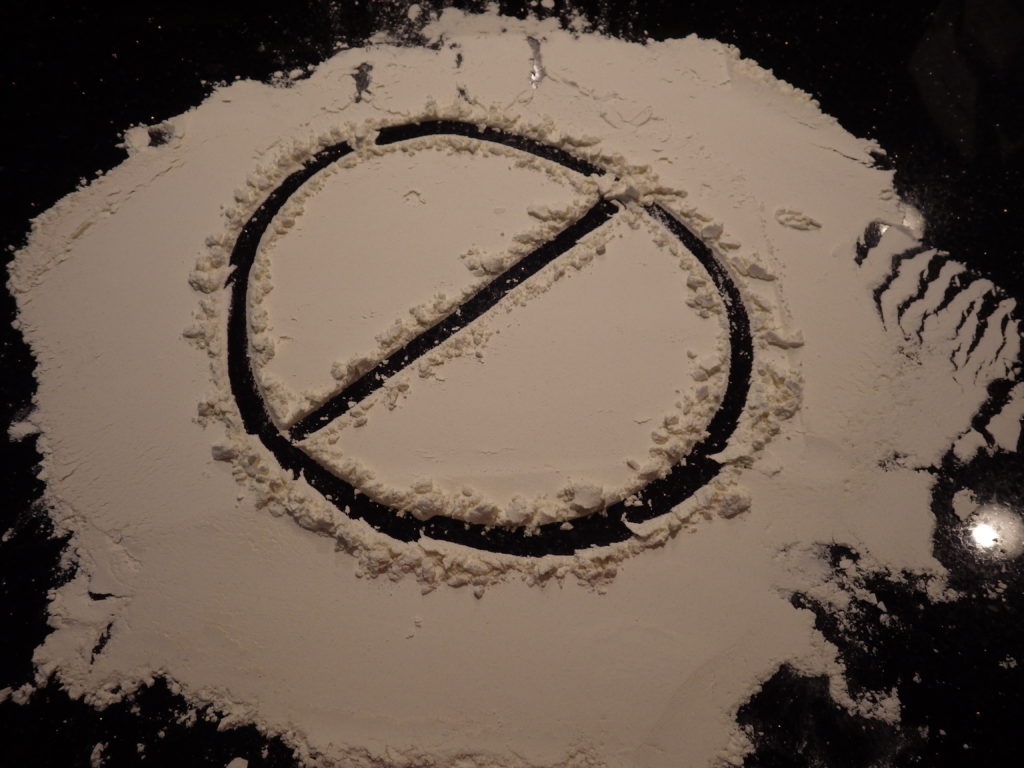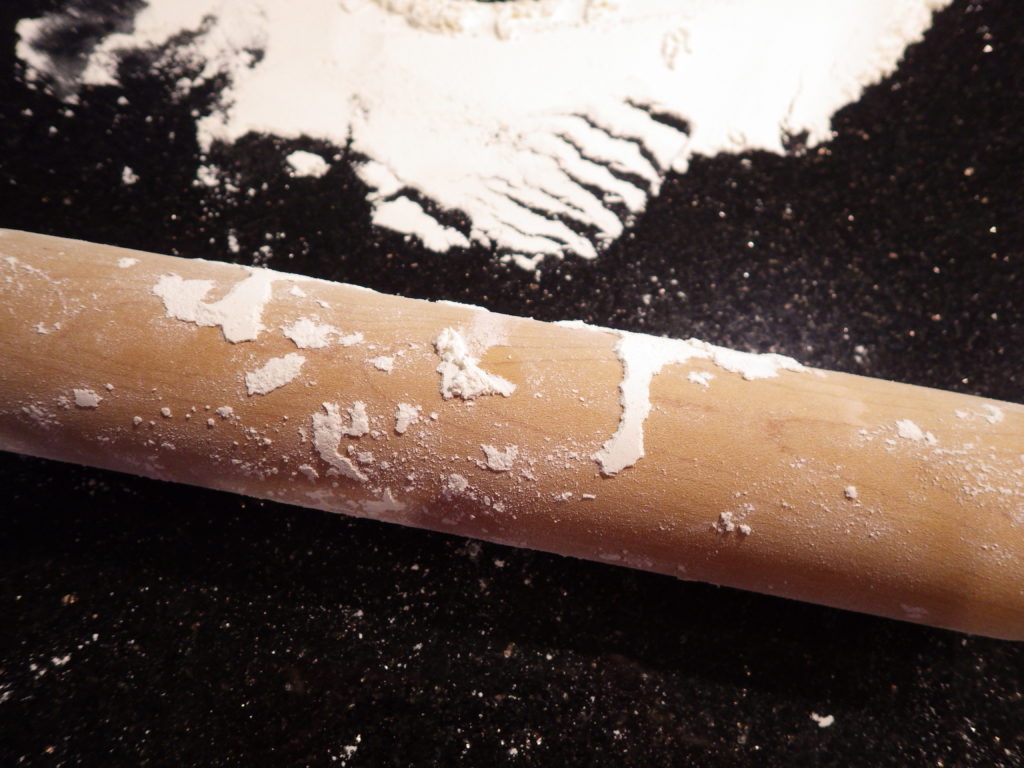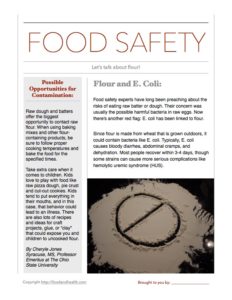While higher food costs make healthy eating on a budget challenging for everyone, seniors living on a fixed income are especially vulnerable. Yet, older adults can’t afford to skimp on nutrition!
Our Healthy Plate for Older Americans poster guides seniors to food and beverage choices that give the most nutrition bang for their buck.
Here are some tips for using this MyPlate-based poster to educate older adults – and their caregivers – about healthy and affordable food:
- Protein priority: With sky-high meat and poultry prices, seniors need to learn about less expensive sources of protein. Proper portion sizes can also help – filling just one quarter of your plate with healthy protein is a simple way to stretch food dollars.
- Going for the (whole) grain: The cheapest loaf of white bread isn’t the healthiest choice for older adults. Teach them to look for 100% whole grain bread, pasta, and cereal at a decent price.
- Fruit and veggie steals: Buying in season makes filling half your plate with healthy fruits and veggies more affordable. Education about choosing and preparing canned and frozen fruits and vegetables can help as well.
- Dairy deals: Skipping that cup of low-fat milk may be an effective cost-cutting measure for some older adults, but they need the nutrients supplied by dairy foods. Teach them to choose budget-friendly, healthy dairy products in the right portion size.
- Stay home for sodium: Restaurant meals are typically higher in sodium – and more expensive – than home-cooked meals.
Don’t forget about non-profit and government food assistance programs for older Americans, such as the Senior Farmers Market Nutrition Program, SNAP, and Meals on Wheels.
And if you’re a caregiver, dietitian, foodservice manager, or other professional who works with seniors, check out our Diet Facts for Seniors PowerPoint with handouts.
By Hollis Bass, MEd, RD, LD

Healthy MyPlate for Older Americans Poster
$22.75 $25.50
Add to Cart









